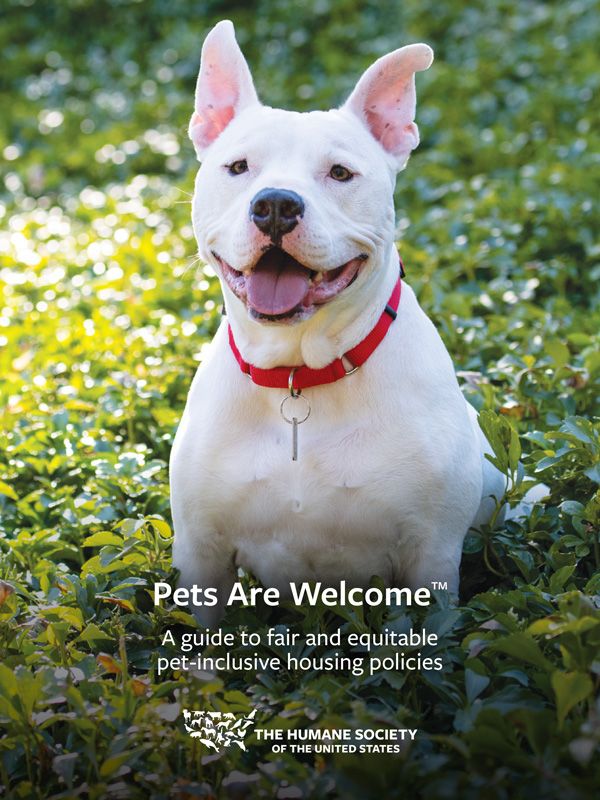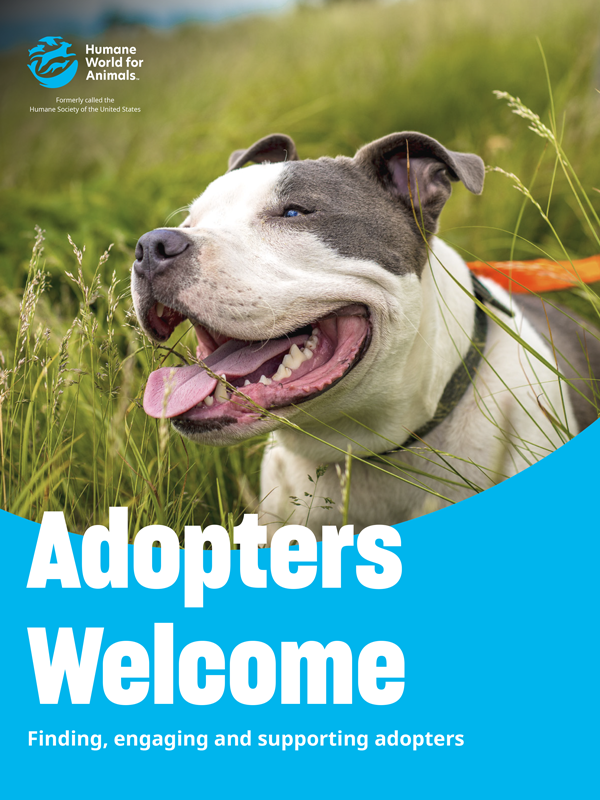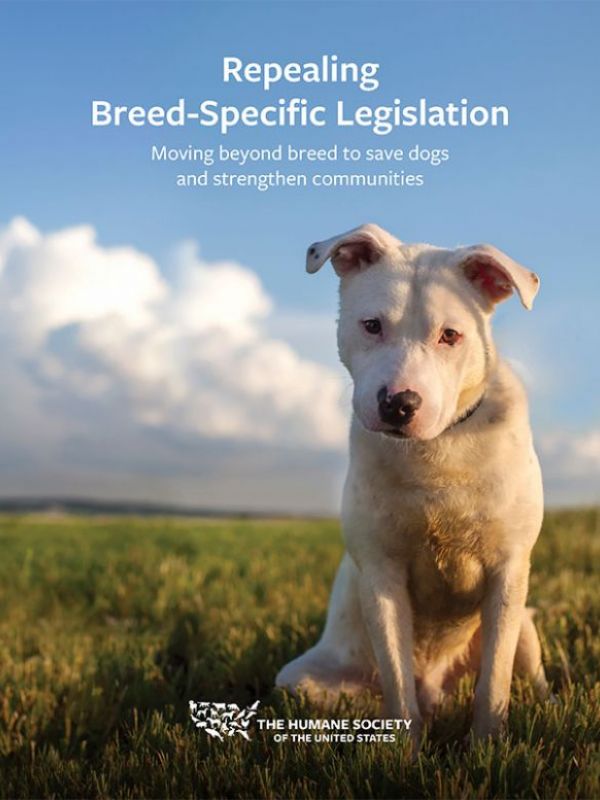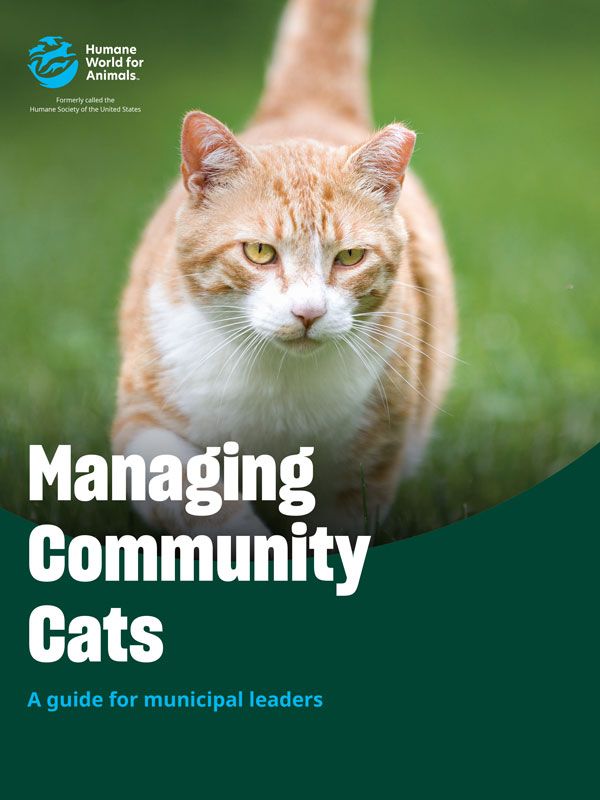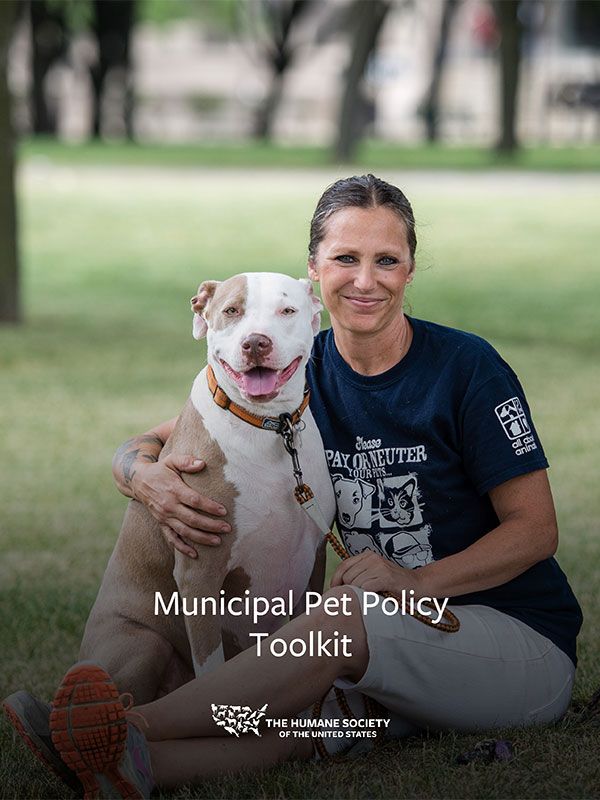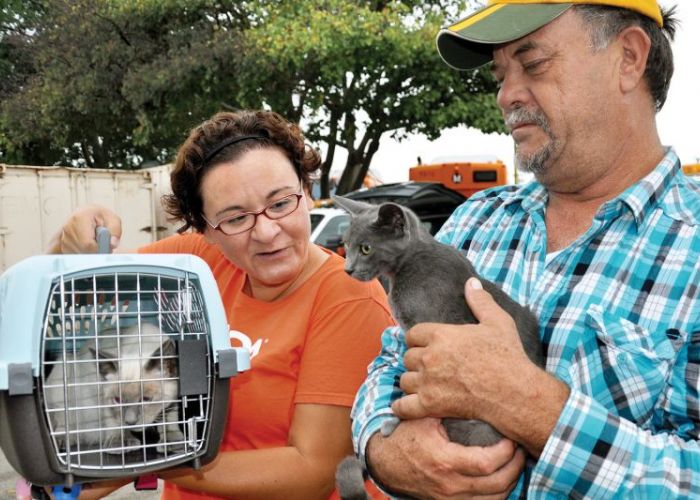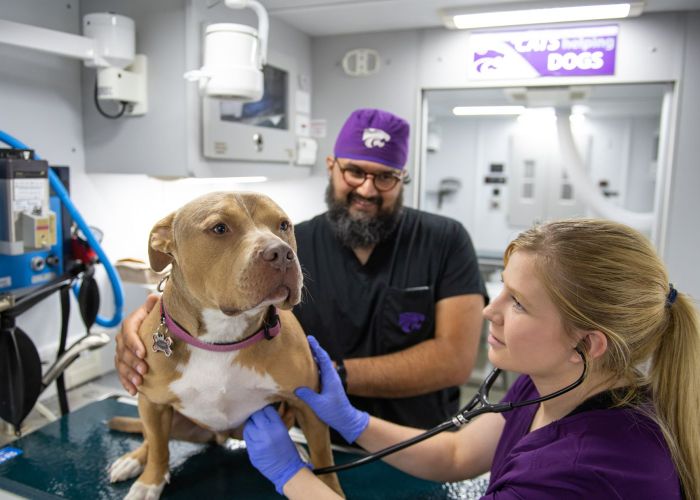How to: Create animal-friendly communities
Has your community passed these ordinances for animals—and are they helping, or potentially hurting, your animal welfare goals?

Congratulations on making it past the headline! We’re aware that the word “ordinance” immediately sends most people in search of more interesting topics. But now that you’re here, we’ll let you in on an open secret.
Public policy is a valuable tool for setting animal care expectations in your own community.
Unfortunately, policy work can also feel overwhelming: There’s a hierarchy of laws starting with the rights laid out in the U.S. Constitution, then federal and state laws, then city and county ordinances, and sometimes, on a hyperlocal level, community (such as homeowners’ associations) rules and regulations that aren’t laws but can similarly affect the lives of the people and animals in your community. Local laws can be easier to enact or change than others.
Local ordinances are city and county laws that can make a measurable impact in your immediate community.
Good ordinances for animals complement existing federal and state laws, filling gaps where federal and state laws might be silent, and are specific to the needs and resources of your community: Do residents have access to affordable veterinary care? Does your local animal care and control agency field constant complaints about outdoor cats, pets without adequate shelter or human-wildlife conflicts? Is there a pet overpopulation issue in your community?
Ordinances can protect animals while also protecting public safety, helping to resolve community issues, improving enforcement of existing laws, expanding pet care resources for residents and enhancing state legislation.
Ordinances shouldn’t be the only way your community addresses animal welfare issues. For example, you might have an ordinance that supports trap-neuter-return for community cats, but if no one is implementing a TNR program, the ordinance alone will have little impact on reducing the outdoor cat population and resolving complaints, says Danielle Bays, senior analyst of cat protection and policy at Humane World for Animals. Ordinances can, however, lay the groundwork for meaningful enforcement of laws (such as those governing dangerous dogs) and implementation of public services and programs (such as TNR programs.)

Here are five ordinance types we recommend for animals as a starting point and inspiration for your humane community—plus five ordinance types that may seem to help, but can hurt, people and pets.
1. Establish a funding mechanism for low-cost or free veterinary care and remove barriers for nonprofit clinics: We already know the best way to prevent pet overpopulation and elevate the care that pets receive is widespread spay/neuter and wellness care, including vaccinations. We also know from experience that when we engage our communities and work to remove financial, geographic and transportation barriers, people readily vaccinate, spay/neuter and seek out veterinary care for their pets. Examples of ways communities have funded low-cost and/or free veterinary care include sales of pet-themed license plates and fees paid by the pet food industry. Unfortunately, some communities also have laws that restrict the services nonprofit clinics can provide, or require that only licensed veterinarians own clinics, which prevents shelters from opening nonprofit clinics staffed, but not owned, by veterinarians.
Excerpt from a sample ordinance: “(e) The Fund consists of: (1) Revenue distributed to the Fund from the fee established under § 2-1603 of this subtitle; (2) Money appropriated in the State budget to the Fund; (3) Any investment earnings of the Fund; and (4) Any other money from any other source accepted for the benefit of the Fund. (f)(1) The Fund may be used only as described in this subsection. (2)(i) The Fund may be used to finance selected competitive grant proposals submitted by a local government or an animal welfare organization to facilitate and promote the provision of spay and neuter services for cats and dogs.”

2. Remove barriers to pet-inclusive housing: One of the top reasons people surrender pets to shelters is because of housing issues. Barriers to pet-inclusive housing exist in communities across the country and are not always obvious. “Insufficient affordable rental housing, exorbitant pet-related rent and fees, and arbitrary restrictions on breed and size are all examples of ways that housing policies can disproportionally affect people and pets living in underserved areas,” says HSUS companion animals public policy specialist Jessica Simpson. Learn more with our Pets Are Welcome toolkit and Keeping Families Together eviction response toolkit.
Excerpt from a sample ordinance: “Rights and responsibilities of owners and tenants in relation to pets. a. Legislative declaration. The council hereby finds that the enforcement of covenants contained in multiple dwelling leases which prohibit the harboring of household pets has led to widespread abuses by building owners or their agents, who knowing that a tenant has a pet for an extended period, seek to evict the tenant and/or his or her pet often for reasons unrelated to the creation of a nuisance. … It is hereby found that the enactment of the provisions of this section is necessary to prevent potential hardship and dislocation of tenants within this city. [Provisions follow.]”

3. Prohibit lethal trapping or poisoning of wildlife: The cruel practice of trapping and/or poisoning wildlife is all too common. Set an expectation of kindness to all animals in your community by passing an ordinance that bans these cruel practices and by serving as a wildlife resource for your community. Learn more by reading “Answering the calls of the wild,” signing our Wild Neighbors pledge and reviewing our comprehensive coyote conflict management plan, where we suggest leash laws to reduce coyote-companion animal conflicts and share an example resolution to adopt the plan in the appendix.
Excerpt from a sample ordinance: “Trapping and/or Poisoning of Animals Prohibited. It shall be unlawful for any person to set or bait any trap or other contrivance for the catching of game or tame animals, or to knowingly permit any such trap to be set or baited on his premises or property or to set out any poisoned bait with the intent of poisoning any game or tame animal except by the consent of the Animal Control.”

4. Establish comprehensive, breed-neutral dangerous dog laws and eliminate breed-specific regulations: Shelters and rescues know dogs are individuals and research confirms that no breed is inherently dangerous. “The most effective community safety strategies center around basic, breed-neutral dangerous dog laws,” says Simpson. “When these laws are applied consistently to all dog owners, enforcement agencies are better able to protect the public and provide any necessary support to pet owners.” Learn more with our Repealing Breed-Specific Legislation toolkit.
Excerpt from a sample ordinance: “Vicious or Dangerous Dogs. Any Animal Control Officer that has reason to believe that a canine or canine crossbreed within the County is a dangerous or vicious dog shall apply to a magistrate for the issuance of a summons requiring the owner or custodian, if known, to appear before a general district court at a specified time. The summons shall advise the owner or custodian of the nature of the proceeding and the matters at issue. The Animal Control Officer or owner shall confine the animal until such time as evidence shall be heard and a verdict rendered, if the animal poses a substantial risk to humans or other animals. … No animal shall be found to be a dangerous or vicious dog solely because it is a particular breed. No animal shall be found to be a dangerous or vicious dog if the threat, injury or damage was sustained by a person who was provoking, tormenting or physically abusing the animal.”

5. Protect pets who live outdoors by strengthening care standards: Ordinances that define adequate shelter, require enhanced shelter in extreme weather and limiting tethering can significantly improve the quality of life for dogs and other pets who are kept outdoors. Learn more with our Dogs Who Live Outdoors toolkit.
Excerpt from a sample ordinance: “Enhanced shelter: For any dog left outside and unattended for more than 30 minutes during any period, the following must be provided: A shelter that is moisture-proof, wind-proof and of suitable size to accommodate the dog, allowing for freedom of movement to make normal postural adjustments, including the ability to stand, turn around and lie down with limbs outstretched. It shall be made of durable material with a solid, moisture-proof floor raised at least three inches from the ground. The roof shall extend eight inches over the doorway and not permit rain to enter inside the shelter. The shelter shall not be constructed of metal or any material that readily conducts heat or cold.”
And here are five ordinance types that may seem to help, but can hurt.
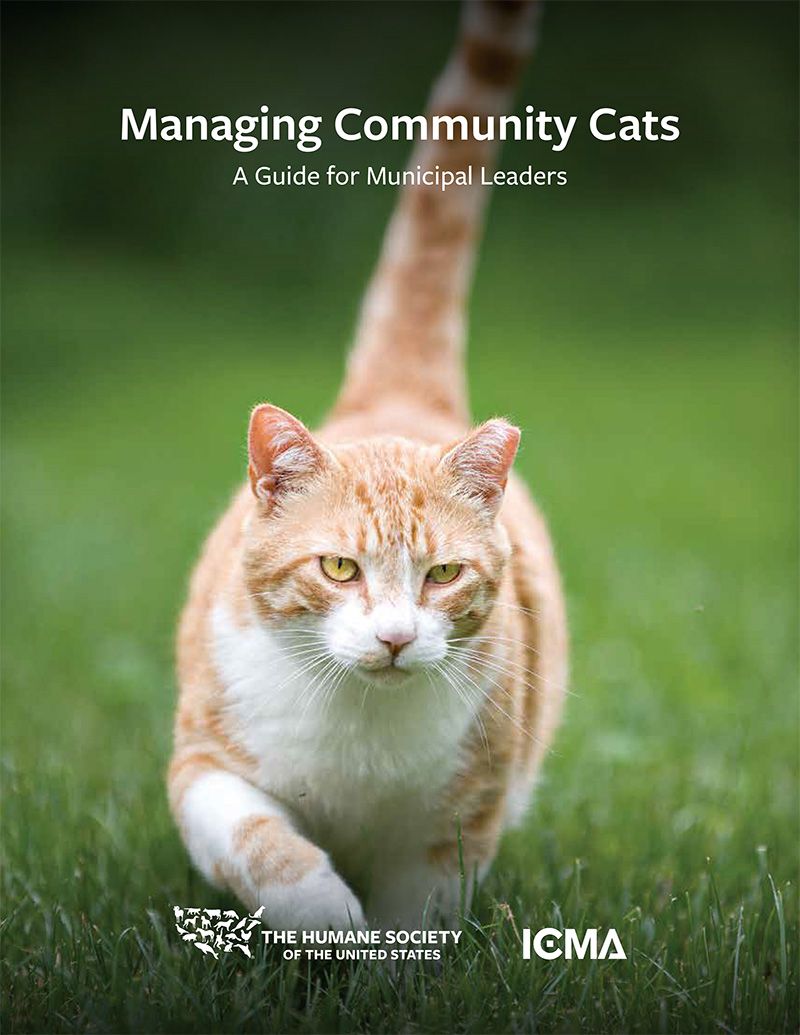
- Mandatory spay/neuter: If a law requires spay/neuter, but no one is willing to pay for transport and surgery for people who can’t otherwise afford it, then the law essentially punishes people for their income status and wastes finite town and county resources on enforcement instead of building a program to fund spay/neuter initiatives in your community.
- TNR-specific: If your community already has an established TNR program without meeting resistance, there’s no need to pass a TNR-specific ordinance, says Bays, noting that such ordinances can open the door to unwanted provisions to “manage” community cat caretakers and volunteers. Instead, focus on removing barriers to supporting community cats, such as clarifying abandonment, running-at-large and stray hold laws so that they don’t apply to community cats being returned to where they were found. Learn more with our Municipal Pet Policy Toolkit and Managing Community Cats guide.
- Mandatory licensing: While mandatory pet licensing can seem like a straightforward way to encourage responsible pet ownership and generate revenue for community animal services, enforcement can be difficult and time-consuming, and administrative costs are typically high. Compliance rates for dog licensing are abysmally low throughout the country with most cities reporting less than 15 or 20% of dogs being licensed. Moreover, the threat of citations for noncompliance can deter people from seeking veterinary care or other pet services. The HSUS instead recommends providing free and accessible high-volume microchip clinics to ensure that every pet in your community can be easily identified if they become lost.
- Means testing: Limiting a public service, such as low-cost spay/neuter, to those who can “prove” need is not only patronizing and inefficient—requiring a time-consuming administrative process—but serves as an additional barrier and deterrence to people obtaining services. Learn more about ensuring access to veterinary care through the Humane Society Veterinary Medical Association.
- Pet limit laws: Pet limit laws are often used as a shortcut for public nuisance complaints, a hoarding situation or a puppy mill, but there is no magic number of animals that guarantees humane conditions. One-size-fits-all laws can make pet owners fearful of reaching out for needed services and can cause collateral damage to loving pet owners and to foster volunteers, who often house litters of kittens and puppies that may exceed these ineffective laws.
Documents
